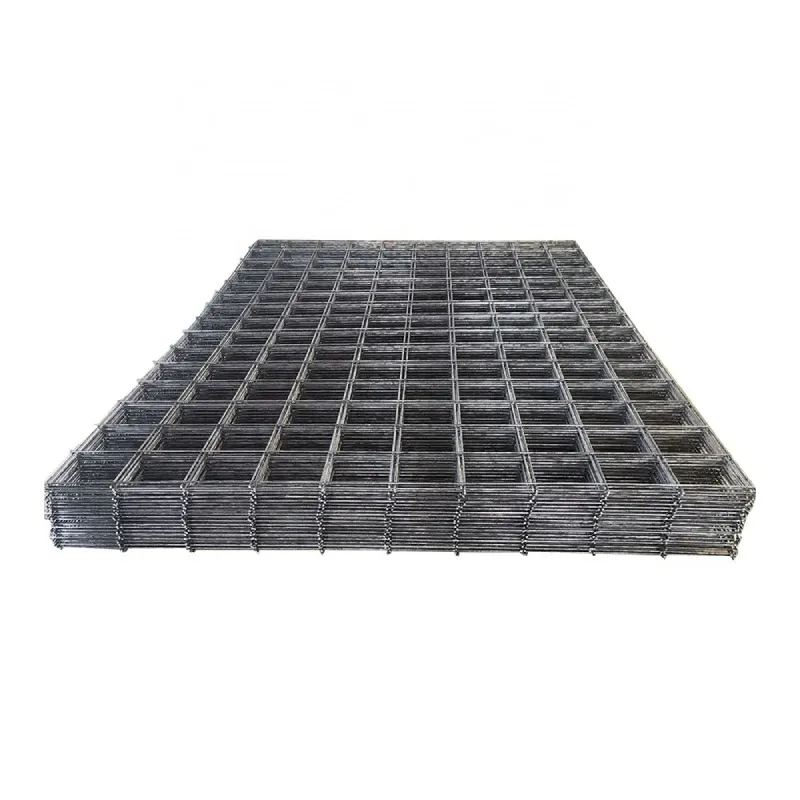The Effectiveness of Highway Noise Barriers
As urban development continues to expand, the proliferation of vehicles on highways has led to increasing levels of noise pollution. This poses various challenges for people living in close proximity to major roadways. Highway noise barriers have emerged as a crucial solution to mitigate the adverse effects of traffic noise. But how effective are these structures in achieving their intended goals?
Understanding Noise Barriers
Noise barriers, also known as sound walls or noise walls, are constructed along highways to block and absorb sound generated by vehicles. Typically made from materials such as concrete, wood, or specially designed noise-dampening materials, these barriers are strategically placed to reduce noise levels for nearby residential areas, schools, and parks. Their effectiveness largely depends on factors such as height, length, material, and the topography of the surrounding area.
How Noise Barriers Work
The basic principle behind noise barriers is sound attenuation. When noise generated from a highway reaches a barrier, it experiences reflection, diffraction, and absorption. A well-designed barrier can reflect some of the sound waves back towards the roadway while absorbing others, significantly reducing the noise that reaches residential properties on the opposite side. The height of the barrier is particularly important; taller barriers generally provide better protection against noise, as they create a larger obstruction for sound waves.
Quantifying Effectiveness
highway noise barriers effectiveness

Research indicates that noise barriers can effectively reduce noise levels by 5 to 15 decibels (dB), with most barriers achieving noise reductions in the 7 to 10 dB range. To put this into perspective, a 10 dB reduction can make a sound seem approximately half as loud to the human ear. This level of reduction can lead to significant improvements in the acoustic environment for residents living near highways, making their surroundings more pleasant and less stressful.
However, the effectiveness of noise barriers can vary based on several factors. For instance, if a barrier is not tall enough, or if it is located too far from the noise source, its ability to reduce noise will be compromised. Additionally, the presence of gaps or openings in the barrier can allow sound to bypass the structure, nullifying much of its benefits. Therefore, careful planning and design are paramount in maximizing the effectiveness of noise barriers.
Limitations and Challenges
Despite their benefits, noise barriers are not a one-size-fits-all solution. There are certain limitations and challenges associated with their implementation. For instance, constructing barriers can be costly, and funding can be a significant hurdle in some regions. Moreover, aesthetic concerns and potential effects on local wildlife and vegetation must be considered when planning these structures.
Noise barriers also do not completely eliminate noise; they can only reduce it to manageable levels. In some cases, the presence of a barrier can reflect sound back towards the highway, potentially creating an unintended increase in noise levels for different areas. Therefore, a comprehensive approach that includes noise barriers, traffic management, and urban planning is often necessary to address highway noise pollution effectively.
Conclusion
In summary, highway noise barriers play a vital role in mitigating the adverse effects of traffic-related noise pollution. While they can offer significant reductions in sound levels, their effectiveness is subject to various factors, including design, material, and location. As urban areas continue to grapple with the challenges of noise pollution, investing in well-planned and strategically positioned noise barriers can enhance the quality of life for residents living near highways, making our communities quieter and more livable.
-
Why Galvanized Trench Cover Steel Grating Resists Corrosion
NewsJul.10,2025
-
The Versatility and Strength of Stainless Expanded Metal Mesh
NewsJul.10,2025
-
Load Calculations in Steel Grating Platforms
NewsJul.10,2025
-
Keeping Pets and Kids Safe with Chicken Wire Deck Railing
NewsJul.10,2025
-
Hole Diameter and Pitch for Round Perforated Metal Sheets
NewsJul.10,2025
-
Aluminium Diamond Mesh in Modern Architecture
NewsJul.10,2025
Subscribe now!
Stay up to date with the latest on Fry Steeland industry news.

